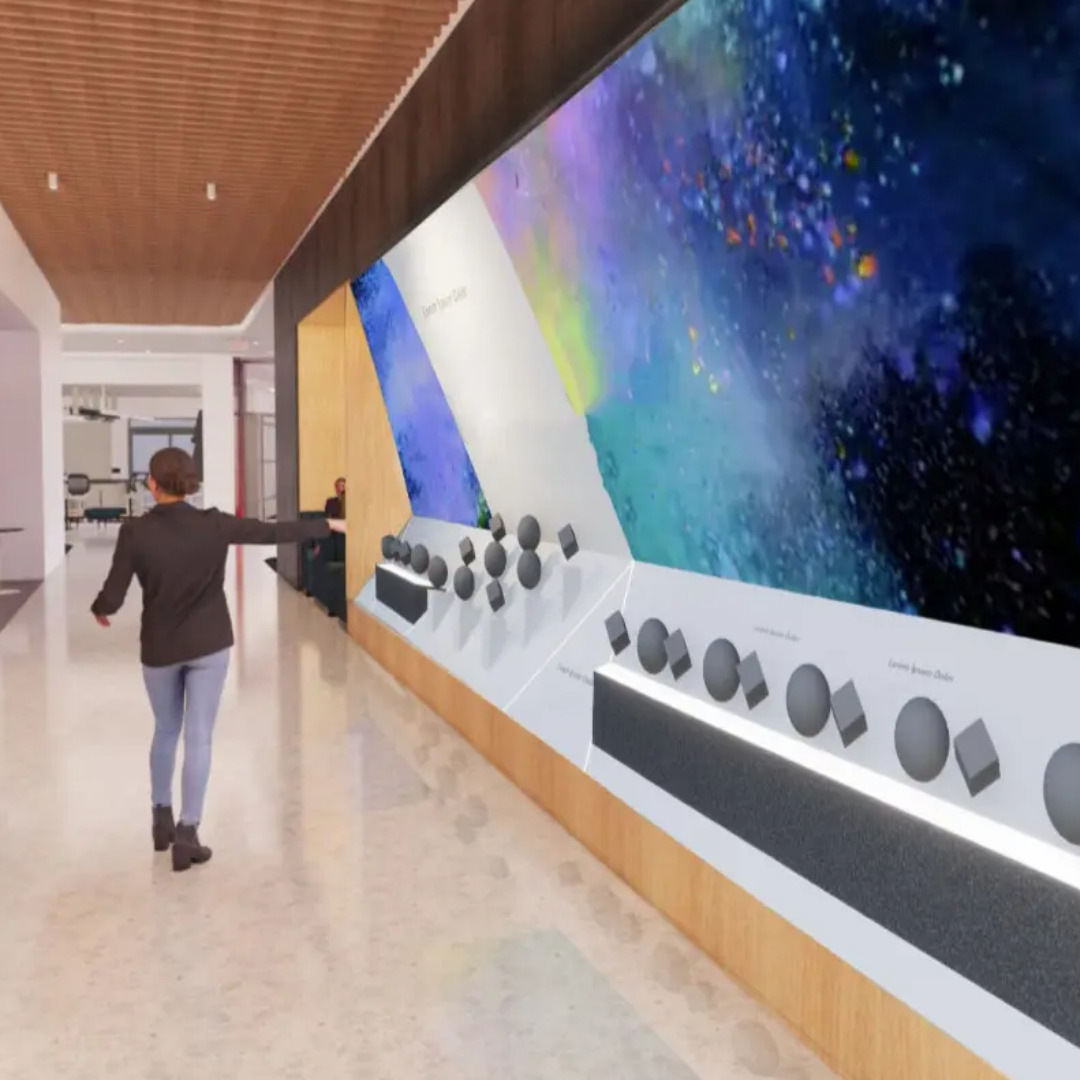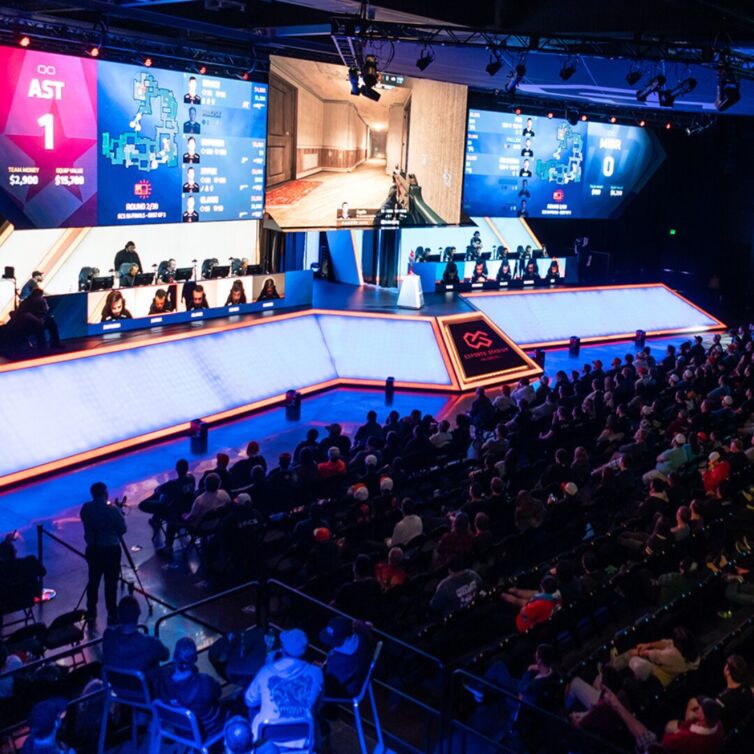Empowering the Next Generation of STEM Innovators
Using Technology to Enhance the STEM Experience | April 23, 2024
In the last decade, science, technology, and research institutions have played an increasingly vital role in societal advancement. Just about every modern challenge facing human society involves the sciences.
STEM (science, technology, engineering, and math) occupations are projected to expand about five times faster than non-STEM roles until 2032.
University research has fueled growth in STEM fields and played a crucial role in nurturing the future generation of scientists, entrepreneurs, and research development.
As the demand for STEM positions continues to rise, universities are establishing dedicated facilities tailored to STEM disciplines to support the upcoming wave of innovators.
While campuses nationwide are introducing new buildings, some of the most remarkable spaces belong to our clients.
When we develop technology solutions for these universities, we prioritize a comprehensive understanding of their needs. Many of these institutions have a rich history of innovation, so our technology must be functional and supportive of these future leaders in STEM.
Consider Virginia Tech’s Innovation Campus as an illustration. The first of three planned academic buildings will house graduate-level programs in computer science, computer engineering, and various other STEM disciplines.
Spanning an impressive 300,000 square feet, the entire facility is designed to empower students to make significant strides in the realm of technology and research.
With a fully immersive visualization lab, The Sanghani Center for Artificial Intelligence and Data Analytics, and virtual learning classrooms, the first building offers a powerful and inspiring environment.
As these students are working on creating new ideas and systems, they will require the best technology to support their endeavors.
Spaces like the Virginia Tech Innovation Campus’ technology must be designed to inspire and propel students to greater heights.
After all, this technology will play a pivotal role in shaping the latest innovations and breakthroughs.
The Virginia Tech Innovation Campus prioritizes student well-being by incorporating mindfulness practices.
Within the first academic building, a brain gym provides students with a space to decompress and momentarily shift their focus away from their academic endeavors.
Students admitted to competitive STEM colleges and programs often dedicate themselves entirely to their studies. They devote their free time to homework or late-night lab sessions.
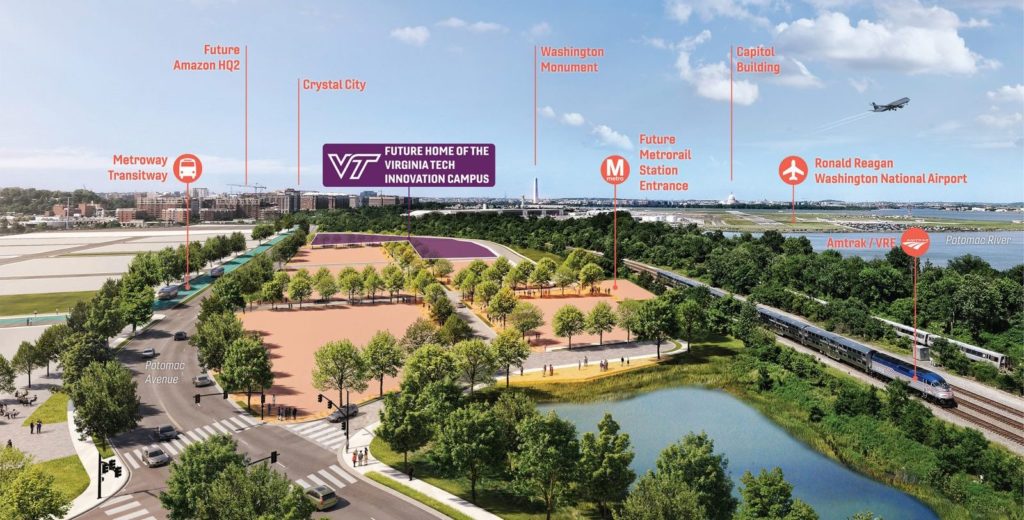
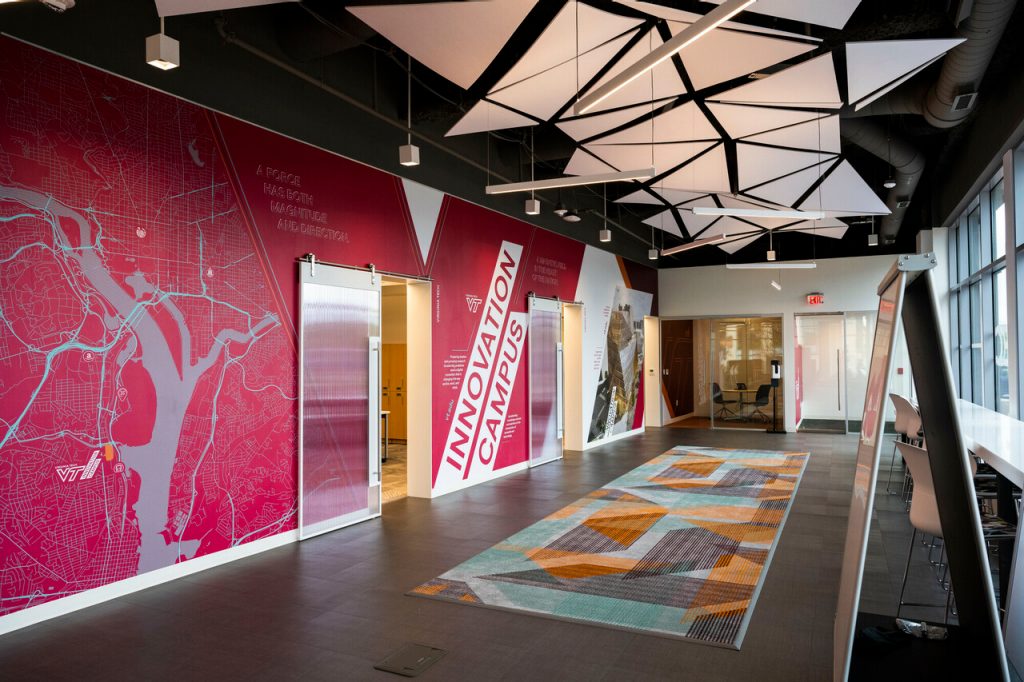
Instilling a foundation of mindfulness and mental health practices during their education will equip them with invaluable tools for navigating the challenges ahead throughout their lives.
Students are expected to maintain their grades, or they risk losing scholarships and program opportunities.
This pressure underscores the importance of offering spaces for relaxation and mindfulness to support student well-being.
As these students progress into careers as innovators, scientists, researchers, and entrepreneurs, they will encounter ongoing stress and pressure in their fields.
Instilling a foundation of mindfulness and mental health practices during their education will equip them with invaluable tools for navigating the challenges ahead throughout their lives.
Another college we work with, known for its role in STEM, is Carnegie Mellon. While Carnegie Mellon is a leader in various STEM fields, the new Robotics Innovation Center is the epitome of Pittsburgh’s roots.
The center will be located on the Hazelwood Green—once home to the steel mills that made Pittsburgh a hub of resilience, adaptability, and forward-thinking mindset.
Besides the rich history of innovation, the Robotics Innovation Center will be equipped with the technology and networks needed to continue progressing and leading the robotics field. The 150,000 square foot facility will have a future-planned incubator space to support early robotics startups, areas to field test robots and autonomous systems in indoor, outdoor, and virtual environments, and an outdoor drone cage.
The center will be home to research and engineering robots that will tackle future challenges. It will also engage the community in hopes of educating them on robotics and AI.
The common spaces in the building will be open to the public during certain hours, inviting the innovative Hazelwood community into their space.
The location represents the renewed innovation of Pittsburgh and the university’s continued contribution to the greater Pittsburgh community.
The North Carolina State University Integrative Science Building is another major STEM centered building paving the way in the STEM field.

The building will unite chemists, biologists, physicists, engineers, and mathematicians through the latest technologies. The focus of study in this space will be molecules and their applications in human bodies, medicines, fertilizers, and energy systems.
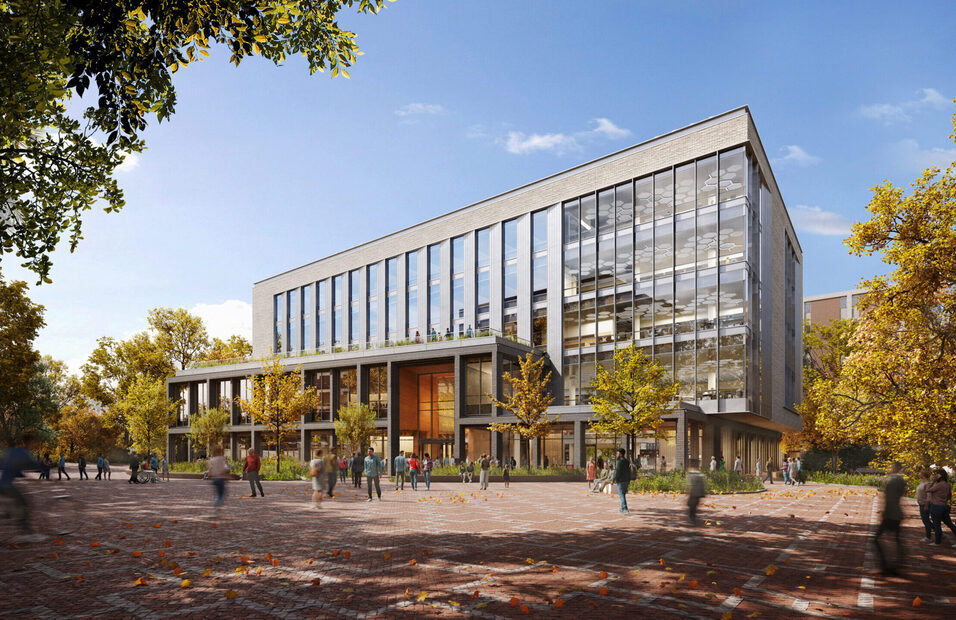
The technology implemented in this space had to be designed with the utmost innovation in mind, as it will be a tool in preparing the next generation of scientists and their future opportunities.
This building is transformative for the STEM majors at NC State, enhancing the way technology for STEM research and education is used in the classroom and through labs.
At 145,000 square feet, the building is stacked with research labs, research-core space, biotechnology and data visualization labs, and a 60-student wet-lab.
The research core-space will give students the opportunity to invent new types of molecules, visualize molecules, and develop technologies that use these new developments.
As the demand for STEM fields maintains steady growth in society, universities are taking proactive steps to accommodate these programs with innovative, high-tech spaces.
The examples mentioned above are just a glimpse of our work designing technology that empowers students to become the next generation of innovators with life-changing ideas.
Through our technology design and consulting services, we’ve had the privilege of contributing to numerous STEM projects and look forward to taking on more.
STEM education should no longer be mixed within traditional university frameworks, but instead separated in immersive, collaborative environments that foster exploration and idea generation. It’s crucial for universities to equip STEM students with the tools they need for lifelong success and innovation.
Check out our portfolio of Science & Technology projects.


